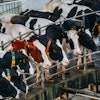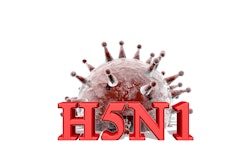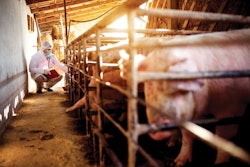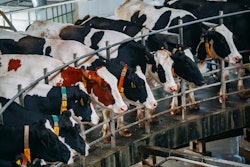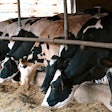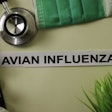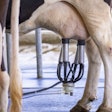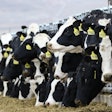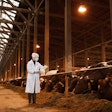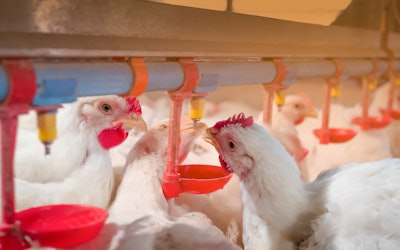
Since highly pathogenic avian influenza (HPAI) H5N1 was identified in Michigan dairy cattle in March 2024, and the same strain was identified at a nearby poultry facility two weeks later, poultry producers have faced heightened transmission risks.
Multiple research studies have confirmed that cattle infected with HPAI produce large viral loads that can spread through multiple pathways, with one major one being employees, explained Ohio State University Assistant Professor Dr. Scott Kenney at the 2025 Poultry Science Association (PSA) meeting, in Raleigh, NC, on July 15, 2025.
How people were identified as a culprit
According to a case study analyzing how HPAI moved from a Michigan dairy farm to a poultry facility in April 2024, the main routes for HPAI H5N1 transmission between dairy and poultry operations, outside of wildlife vectors and animal movement, include:
- Shared workers: Employees working at both dairy and poultry facilities
- Shared vehicles and equipment: Cross-contamination between transportation and tools
- Visitors: Personnel moving between facilities
During the initial Michigan outbreak, researchers on the study found that approximately 22 employees who worked with three poultry flocks also worked weekend shifts at two different dairy premises, said Kenney. Additionally, shared housing between dairy and poultry workers was identified between three poultry facilities and two dairy facilities. Social contact between dairy and poultry employees was also noted.
Links were also identified between family members working at multiple facilities, shared vehicles being used between employees and visitors at the farms.
According to Kenney, the study emphasizes that human movement on and off the farm is one of the primary transmission mechanisms for HPAI H5N1, making adherence to proper biosecurity measures more important than ever.
The study was conducted by the U.S. Department of Agriculture (USDA) and the Michigan Department of Agriculture and Rural Development (MDARD) in June 2024.

